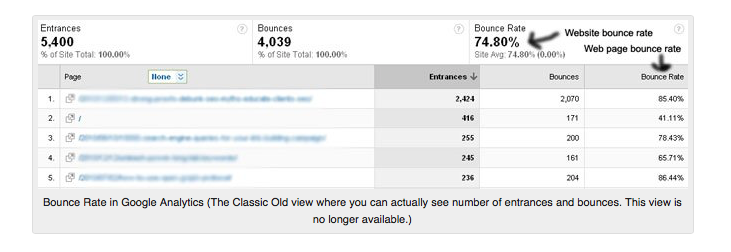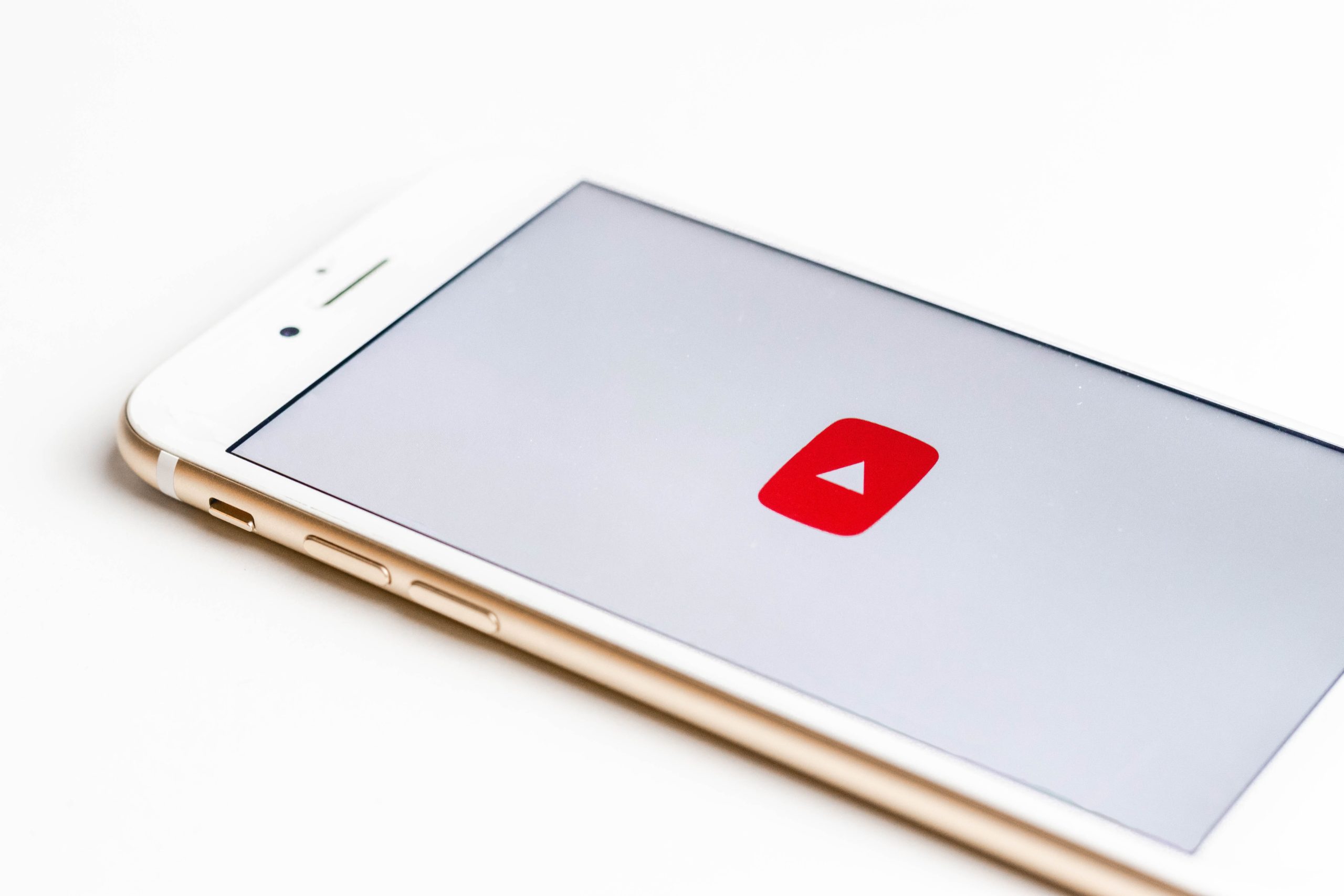Reducing bounce rate on your website means visitors stay for longer

Reducing bounce rate on your website is important. Working with marketers and webdesigners help analyse and devise a plan to make improvements to reduce bounce rate.
Bounce rate on a website, broadly is the measurement of a visitor’s interactivity on your site or page. Your site has a high bounce rate if a visitor lands on your site but leaves again without clicking to another page. Having a high bounce rate is bad. It indicates that your site is uninteresting, appears outdated or difficult to navigate i.e. not user-friendly.
A high bounce rate indicates that site entrance pages aren’t relevant to your visitors.
Unfortunately, a lot of websites look unattractive and out-dated site is your businesses online CV. It has to be the best representation of your business. It should be current, informative, and useful to customers. Don’t forget your site is and selling point.
So, now that we have talked about the importance of bounce rate how do you measure it?
Measuring Your Bounce Rate

Bounce rate of a website = total number of bounces across all the pages on the site (during a given time frame) OR the total number of entrances across all the pages on the website (at the same time).
The bounce rate of page 1 is calculated as: [total bounces (2070)/total entrances (2424)] *100 = 85.40%
The home page bounce rate ( / ) is calculated as: [total bounces (171)/total entrances (416)] *100 = 41.11%
Website bounce rate is calculated as: [total bounces (4039)/total entrances (5400)] *100 = 74.80%
Measuring Accurate Bounce Rate
To get an accurate bounce rate measurements have Google Analytics check both page views and events.
Page views mean a visitor views your page.
Page events are useful to help get a more accurate bounce rate measurement by tracking visitor engagements on the page they are viewing. For example, you can track if they watch a video on the site or whether they download a pdf.
Ideal Bounce Rate
According to analytics guru ‘Avinash Kaushik’:
As a benchmark from my own personal experience over the years, it is hard to get a bounce rate under 20%.
Anything over 35% is a cause for concern and anything above 50% is worrying.
Reducing Bounce Rate on Your Website
Here are 3 Tips
Other Types of Content
Try other types of content such as video, infographic, or audio. These types of content are highly engaging since the user has less work to do to absorb the information. There is also a high entertainment factor.
Refresh Your Website Design
Businesses need to be objective when it comes to their marketing, and your site is your conversation spot. So, does your website look outdated? If your site hasn’t been redesigned in 10 years, it would be worth considering. Sites that are not mobile ready, using old layouts and language with poor navigation will loose credibility and reputation.
Increase Page Load Speed
Page loading speed is important, especially when web visitors are using their smartphone. There is a huge competiion online for all businesses. So, even if you have the best staff, products and services, it is no good if no one can experience or learn about them. If your site or pages within your site don’t load fast, visitors will leave straight away. That creates a high bounce rate.
Conclusion
It is important to understand and learn how to measure the bounce rate on your website. Having a high bounce rate can mean there are problems with the relevance of your content to your business, the way in which content presents and the impression your site gives to visitors.
It is a good idea to work with a marketer and designer to devise a plan to reduce your site’s bounce rate.









